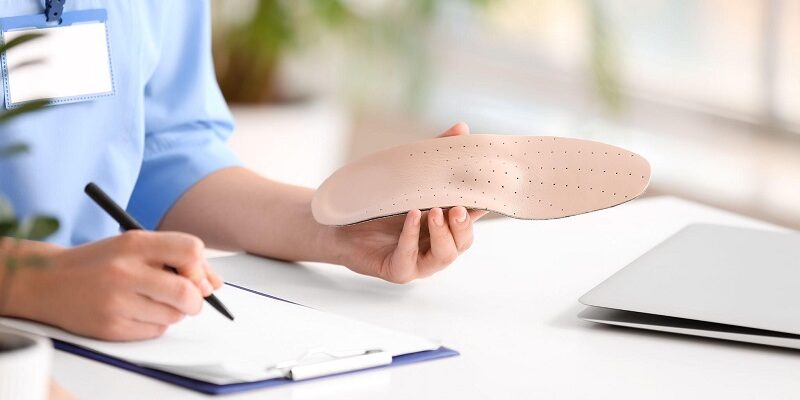The reimbursement of orthopedic insoles might seem like a long way from what is covered by health insurance. But in general, reimbursement is available to all. Some health insurance plans would cover the cost. But in this article, we’ll discuss how to cover the entire cost at once. Orthopedic insoles are custom-designed foot insoles that are made to address certain problems with patients.
They can work as a cuff or even support excess movement. Mostly, these sorts of insoles are made to keep the feet in place and prevent further injuries. And this is why the insoles will cost a handsome sum. Several brands offer orthopedic insoles and SCIENTIFEET would be perfect for starting the process.
Depending on what sort of problem you are facing or what kind of disease you are preventing, the insoles will cost around eight hundred dollars at a maximum. And considering the benefits of health insurance, the costs should be reimbursed. There are different ways that reimbursement can be done.
How to get reimbursement for orthopedic insoles?
There are different ways that the reimbursement of orthopedic insoles would work. And here we are, including the most common ways.
Health insurance
If we are talking about orthopedic insoles, then the most common thing to remember is your health insurance. If the insoles are medically necessary or even mandatory in the diagnosed form, then you will get full or half reimbursement. Another thing with health insurance is that it has to cover your orthotics to cover the cost. Make sure to take up the insurance that will cover the orthotics. Again, when the insoles are made from certified materials and by a certified company, they will surely be covered by insurance.
FSA
The FSA, or flexible savings account, is offered by the employer. These accounts are tax-free, and here you will be able to save some portion of your income to be used for future healthcare. To enable the FSA reimbursement, you have to notify the provider that you are eligible. And later, you might have to sign a particular form to get the eligibility shown. You can use the money for yourself or even a close family member, like your spouse and children. You might have to specify how much it costs and also provide all the necessary information. To enable the FSA, you have to be employed by a company that provides such benefits.
HSA
A health savings account (HSA) is a health benefit plan that allows you to save up the cost of medical bills without paying annual taxes. These are not relevant to the person’s employment. There are a range of lists and benefits with such plans, and you get to choose among them. So to be covered by the HSA, you have to choose a plan that will cover the orthopedic insoles. To be eligible for the orthopedic insole reimbursement, you have to present legitimate documents. For these sorts of savings, first, you have to pay upfront, and then you will be reimbursed 100% to 80% of the sum.
How to enable the reimbursement of orthopedic insoles: step by step
Here, we are covering the necessary things that you have to do to get the reimbursement. The initial cost will be carried out by you, but later you will get the reimbursement.
- A letter of medical necessity from a professional healthcare provider would be the first step to getting the reimbursement. A qualified podiatrist, orthotist or, prosthetic would be perfect to get the certificate from. They will also provide you with information about where and how you need the soles.
- Then you have to pay for the insoles. Make sure that it meets your necessary needs and has the correct sizing prescribed by your health professional. Keep a record of the purchase. You are getting reimbursement, so choose the most eligible option.
- After this, you have to fill out a form for the HSA or FSA provider. For the insurance to cover the cost, make sure that you reach the minimum amount and have the papers to prove that you are eligible for reimbursement.
- Submit the necessary documents, which will include the name of the insoles, the companies, and the dates of purchase. The letter of medical necessity and prescription of the health care provider will also be included here.
- Once you get reimbursement for orthopedic insoles, make sure to pay off the bill.
To sum up…
Orthopedic insoles are often a preventive step for patients with Achilles tendonitis or even diabetic foot problems. These will ensure a benefit. The custom foot insoles are perfect for the relying on cost, but with the reimbursement, it’ll be very easy and pleasant. Make sure that the insurance you take up will cover every side of the orthopedic costs to get proper reimbursement.


